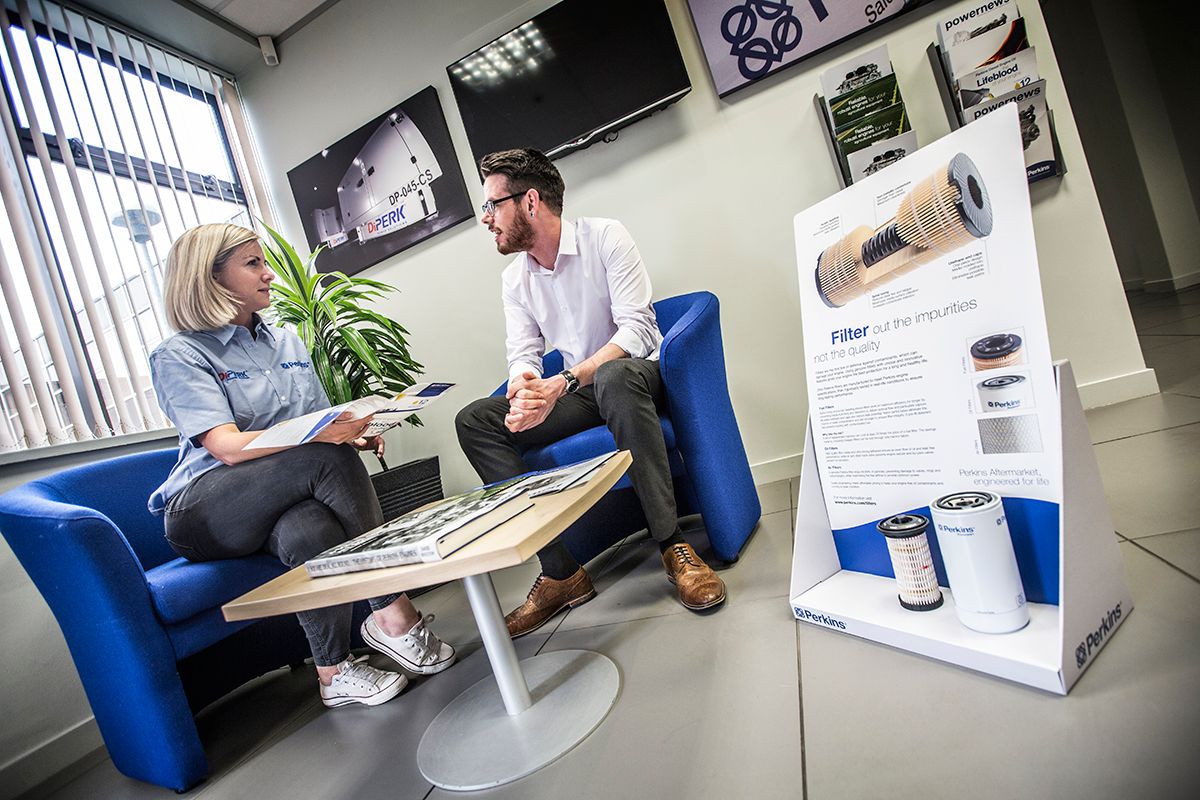Stop/Start engine technology is popular for passenger cars, but not yet commonly found in excavators, backhoes, telehandlers and other off-highway machines. However, with up to half of a machine’s running time spent idle, Stop/Start technology may well become a popular feature of the future. We’ve worked with a leading manufacturer of material handling machines to prove that our engine was capable of supporting their Stop/Start strategy.
What is Stop/Start? It is a strategy that lowers fuel consumption and reduces emissions and noise. If nothing is done with a machine within a preset time period, the engine is automatically switched off. As soon as you want to do something, the engine springs back into life.
Stop/Start technology has become popular in passenger cars. When a vehicle is stationary, at traffic lights or when there’s severe congestion, for example, the technology will stop the engine running. It not only saves fuel, but also, in countries where road tax is partly based on CO2 emissions, will save the owner even more money.
But what of construction, excavation and material handling machinery? Stop/Start technology has uses here too. About a third to a half of the running time of off-highway equipment is idle time as operators use other equipment and machinery to move stuff around.
However, off-highway machinery is different to a passenger car. During starting, a passenger car engine is not connected to any significant loads. In an off-highway application with a hydraulic transmission, the load on the starting system can be very high, particularly at low temperatures. Increasing the number of starting events against these high loads requires a different strategy.
However, technology has moved on and now engines can be shut down more frequently and fired back up more quickly and more smoothly using hydraulic systems.
Stop/Start technology is part of the machine, not the engine. It changes the way the engine is stopped and started but the engine itself remains pretty much the same.
For us, as an engine manufacturer, what is important is making sure our products can be controlled in this way. Our engines are designed for a certain number of Stop/Start events during their lifetime. Adding Stop/Start technology means the number of these events increases dramatically, putting additional wear on the engine, in particular the bearings, starter motor and ring gear on the flywheel.
When a leading manufacturer of material handling machines wanted to introduce Stop/Start on their products, we worked with them to make sure our engine would remain as reliable as ever.
We worked with the company to guide technology selection and define the in-use Stop/Start strategy. We did not want the system to work under adverse conditions. For example, below a certain coolant temperature, lots of Stop/Start events on a cold engine will have adverse consequences on wear.
We tested the capability of the engine to cope with significantly more Stop/Start events. On stripping the engine down, we proved that there was no significant additional wear.
We proved that our engine was capable of delivering performance and reliability with our customer’s Stop/Start system.
As Original Equipment Manufacturers (OEMs) consider new technologies to satisfy customer demand and to develop increased value, we are ready to work with them to find the best solutions.
If you're ready to receive trusted advice from a Perkins expert, speak to our team today.
Connect with usOur digital magazine with the latest news, interviews and analysis.
Read moreYour regional Perkins Distributor can provide local, on-the-ground engine support.
Learn More


